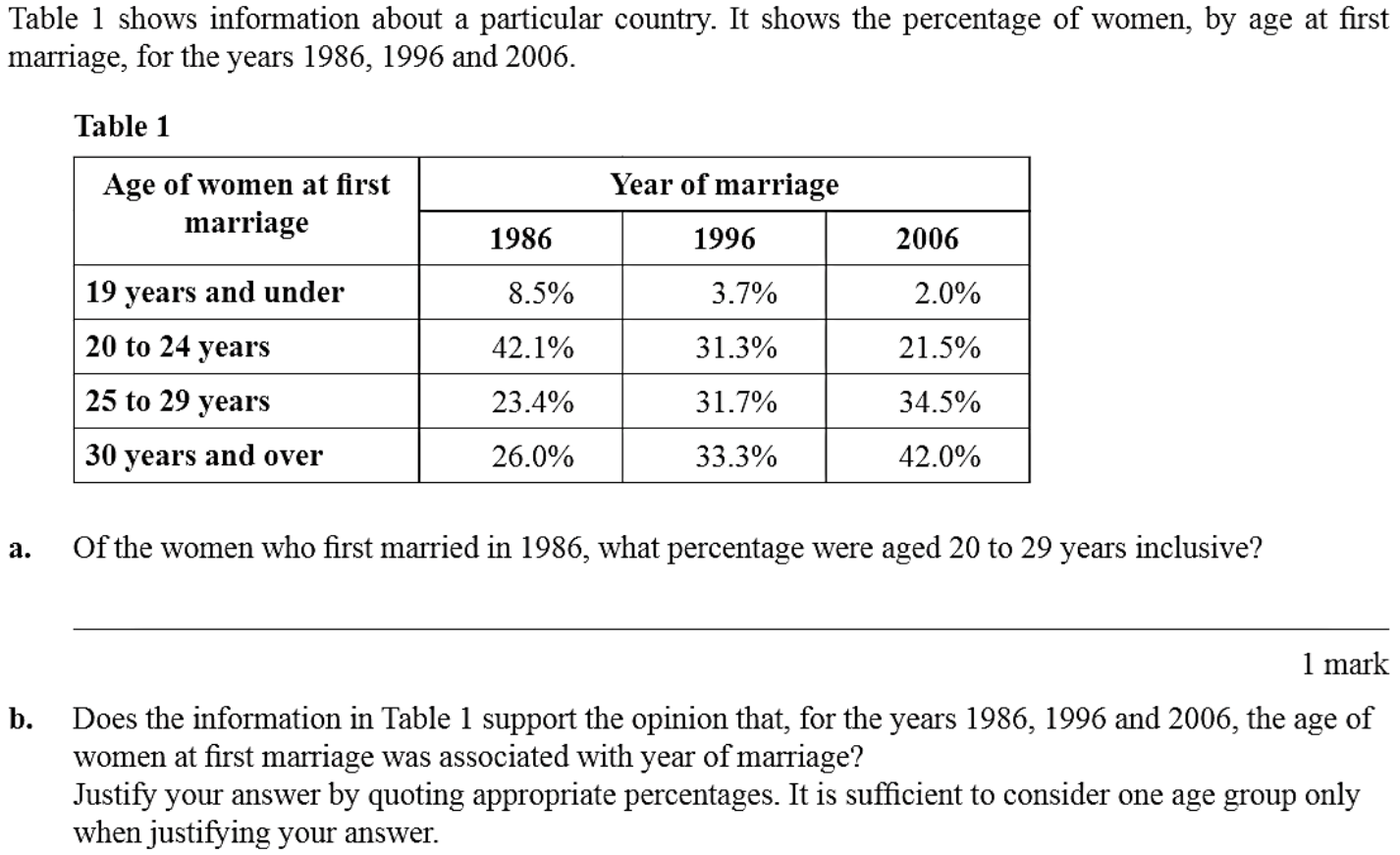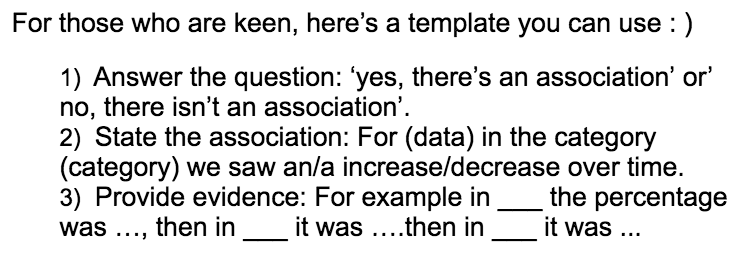Thanks to a recent tweet by Dylan Wiliam, and a great article that it linked to by Michael Pershan, I gained a fuller understanding of a cognitive effect that I’ve been exploring recently (see this paper), the ‘goal free effect’.
Discovered by John Sweller, it essentially posits that explicitly trying to solve a problem can result in a lot of ‘attention’ or ‘working memory’ (see here for a discussion of which term to use) being expended in the search process, limiting (or eliminating) the working memory available for ‘learning’ from the actual task. The result is that the problem gets solved, but the problem solver fails to make any generalisations from the solution and won’t be able to necessarily do it again in future.
It doesn’t come across as a a particularly complex theory, but what I’ve been trying to work out is how to make it work in a classroom. I read Pershan’s post but was keen to know more about linking the goal free approach to explicit learning intentions that the teacher has for the lesson (we discuss that here if you’d a bit more detail on this chat).
Sometimes it takes trying something out to get your head around it, and I was determined to do so. This week I encountered a question that I wanted my students to be able to solve, and I thought the goal free effect might be relevant. Here’s the question (see part b):
I recognised that there was a danger here. This was a relatively open question and I anticipated that several of my students would find it difficult. I could anticipate that many of them would just stare at the table without making connections and then after some work time and a few prompts I’d show a solution (or they’d find it themselves in the resource) but, because they’d been so solution focussed along the way, they’d just write the provided solution down and try to memorise it (the provided solution just focussed on the trend for 19 years and under) and fail to see all of the associations that they could have pointed out in the table.
What I did instead was try out Sweller’s theory.
I clipped out the table and showed it by itself on the whiteboard with my projector. I then asked ‘Look at this table… What can you tell me by looking at it? Do you notice any patterns?’
I also gave the following hint: ‘Focus on one row ( ← a row goes like this → ) at a time’.
We then shared as a class and it was an incredibly rich discussion. What I hadn’t anticipated was how asking such a question reduced the barrier to participation for students. I had students point out the patters for each of the age groups, but I also had one student say ‘The years go up in 10s’ as well as another similarly volunteer that ‘The years all end in 6’, this was in addition to associations being found between the year of first marriage and age of first marriage for each of the age categories in the table.
I then gave each student a half sheet of A4 paper and got them to put into words their association (I’d identified from the discussion that students were struggling to put their thoughts into formal mathematics terms, so wanted them to make these descriptions less transient by eliciting a written response) and collected up these bits. I read some out and, as a group, we identified what it was that made the strong ones strong. I hadn’t anticipated this at all, but we ended up making a template for answering these such questions, here it is:
For me this was an incredible experience. We’d made it all the way from an open question to a generalisation, and scaffolded literacy along the way too (I work in a very low SES school with a large English as Additional Language student base, literacy needs are a constant in all classes), something I’d failed to anticipate in my planning.
In carrying out this activity I managed to get a much deeper understanding of how the goal free effect can work, and how it can be tied into a generalisation directly in line with my learning intention for this segment of the lesson (FYI, the explicit learning intention was for them to be able to identify associations from a two-way contingency table then describe the association and back up their claim with data from the table). In future cases, especially when there’s a lot going on in a diagram (see ‘split attention effect’ on bottom left of page 6 in this paper) I’ll definitely have the goal free effect in the back of my mind as one option in my teacher toolbox.

